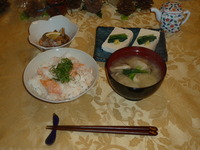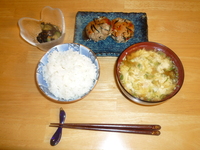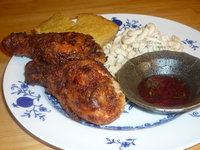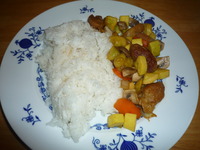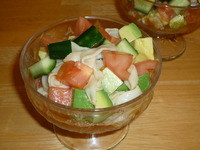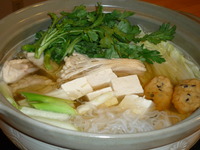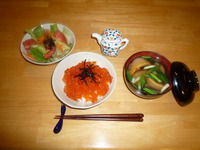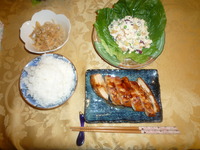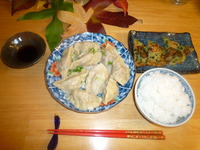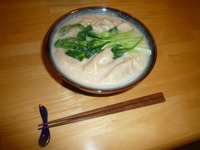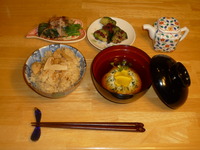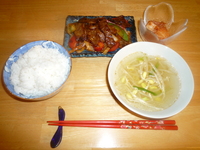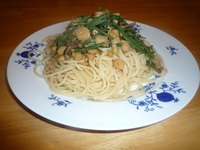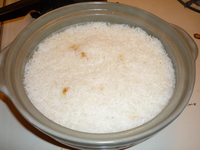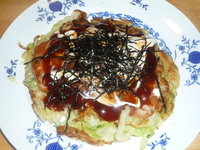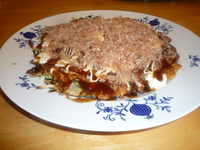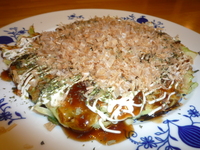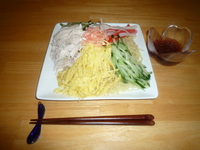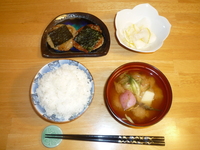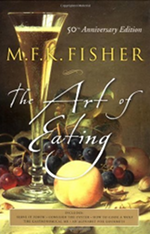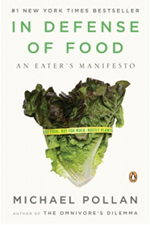Thursday, September 23rd, 2010
I've been posting what I call "Build-a-meal" posts for a while now and I thought I'd revisit this topic since I only briefly talked about it in the
first build-a-meal post. Japanese meals are typically composed of okazu (side dishes) along with rice and shirumono (soup). Japanese meals can also simply be a large bowl of rice with a topping called a domburi. For the Western influenced dishes on this site, the composition is closer to that of a Western meal therefore I usually leave out rice and soup and replace them with pastas, breads or other starches such as potatoes.
There are many ways to compose classic Japanese meals and there isn't one hard and fast rule, however, one of the basic rules to go by is "Ichijyu Sansai" (1 soup and three okazu). This combination is said to be the basic foundation of healthy meals because it is balanced and nutritional. I also think that the number of ingredients that go into each okazu is also an important factor but ichijyu sansai is a good rule of thumb. I've posted a couple ichijyu saisai build a meals (See
BAM 10,
BAM 13).
The concept of "Ichijyu Sansai" is based off of "Ichijyu Issai" (1 soup, 1 okazu) which was first adopted during the Kamakura era at Zen temples. This term was coined to place importance on meals that were simple and frugal. The kanji for "sai" means vegetable because the okazu was made up of vegetables in order to further simplify the meal. However, on special occasions, or when there were visitors, the composition of the meals were Ichijyu Sansai.
Most of the build-a-meals here are based on the "Ichijyu Nisai" concept (1 soup, 2 side dishes) but I try to make up having one less okazu with lots of ingredients in each dish.(See
BAM 1,
BAM 2,
BAM 7,
BAM 8,
BAM 9,
BAM 12,
BAM 16,
BAM 20,
BAM 21,
BAM 25).
For placement of dishes,
see first build-a-meal post.
